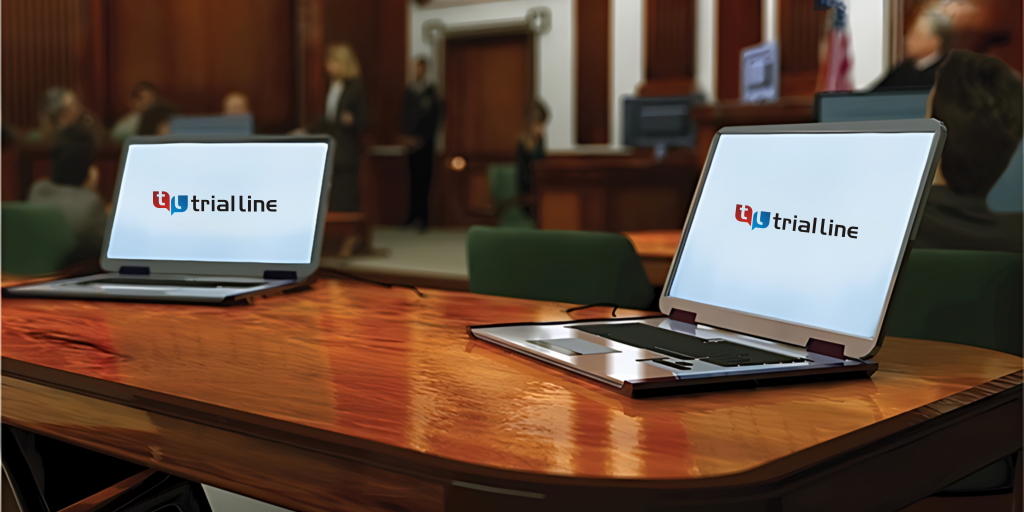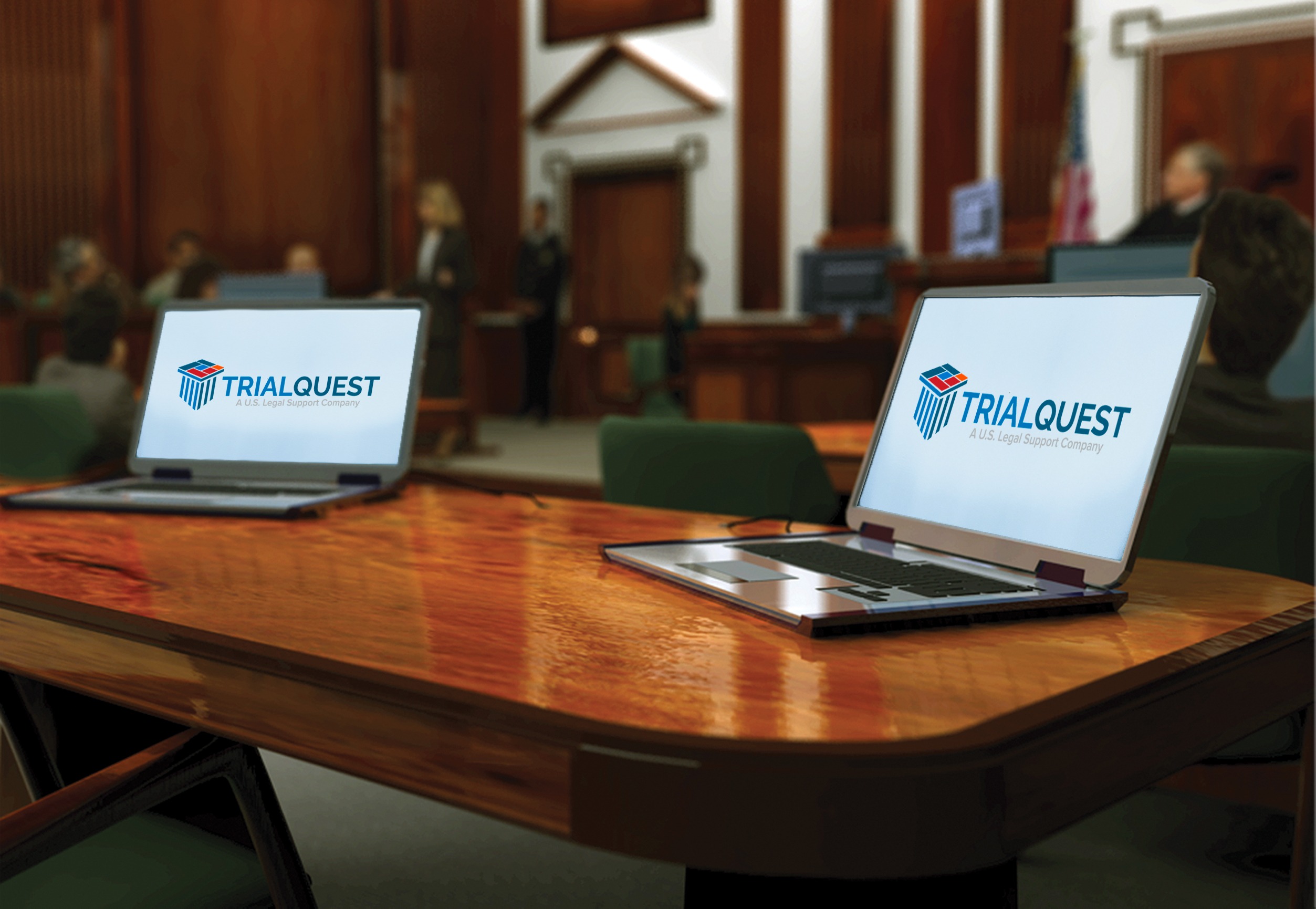Why Trial Presentations Are Critical for Effective Cross-Examination in Court
Exactly How Reliable Trial Discussions Can Win Your Instance
The efficiency of trial presentations is commonly ignored, yet they play a critical function in forming juror perceptions and influencing case end results. By recognizing the target market and crafting a narrative that reverberates on both intellectual and psychological levels, attorneys can significantly improve their persuasive power. The calculated use of visuals and improved shipment methods can raise the clearness of complex info. As we discover the elements that add to a compelling trial presentation, the concern stays: what particular approaches can attorneys employ to ensure their message not just resonates however likewise compels action?

Understanding Your Audience
Understanding your audience is crucial for supplying an efficient trial discussion. Knowing who will certainly be present in the courtroom-- jurors, judges, and opposite guidance-- enables you to tailor your message in a manner that resonates with them. Each team has distinctive expectations, predispositions, and backgrounds, which can significantly influence their perception of the case.
For jurors, it is crucial to think about demographics, life experiences, and cognitive predispositions. Jurors may come from numerous careers and social backgrounds, influencing their interpretation of evidence and debates. Involving with them with relatable instances and clear, simple language can foster better understanding and compassion.
Juries, on the various other hand, focus on legal criteria and procedural integrity. Presentations must be succinct and grounded in the regulation while valuing court room etiquette. Comprehending the judge's choices and previous judgments can better improve your approach.
Efficient communication depends upon recognizing these differences and readjusting your presentation style as necessary (trial presentations). By preparing for the audience's responses and addressing their problems, you can create a much more persuasive narrative that mesmerizes focus and promotes favorable end results
Crafting an Engaging Story
A well-crafted story offers as the backbone of a reliable test presentation, assisting the audience through complex info while stimulating emotional actions. This narrative needs to start with a clear and appealing introduction that sets the stage, laying out the essential motifs and problems at risk. Establishing a relatable protagonist-- often the client-- can develop an individual link with the jury, drawing them right into the story.
The body of the narrative must present the truths in a logical series, weaving with each other proof and testament to develop a natural disagreement. Each piece of info must support the overarching style, reinforcing the desired message without frustrating the target market with unnecessary details. Shift phrases can be especially effective, assisting to keep flow and keep the jury involved.
Ultimately, the final thought should resonate psychologically, summarizing the situation's significance and advising the jury to act via their judgment. By crafting a compelling narrative that is both structured and psychologically resonant, attorneys can efficiently share their situation's merits, making it much easier for jurors to recognize and keep in mind the essential factors long after the trial ends. This method not just educates however additionally encourages, enhancing the possibility of a beneficial result.
Utilizing Aesthetic Aids Effectively

Aesthetic help play an essential role in enhancing trial discussions, transforming complex data into easily accessible information that jurors can conveniently comprehend. By utilizing graphes, charts, diagrams, and multimedia components, lawyers can make clear complex points and maintain jurors' focus. Visual help help with the understanding of proof, making abstract principles tangible and relatable.
When selecting aesthetic help, relevance and simpleness are vital. Each visual need to directly sustain the situation story and enhance essential arguments without frustrating the visitor. Overly complicated visuals can interfere with the message, creating confusion as opposed to quality.
Furthermore, the tactical placement of visual help throughout discussions is necessary. They need to be presented at turning points to underscore critical proof or to highlight significant modifications or patterns. This timing enables jurors to refine details effectively, boosting retention and recall during considerations.
In addition, it is important to guarantee that visual aids are technologically suitable with the court setting. Experience with the tools and a back-up plan can stop technical glitches that could interfere with the circulation of the discussion. In recap, reliable usage of visual help can considerably reinforce a test presentation, resulting in a more powerful connection with the jury and a more influential instance generally.
Engaging Emotion and Compassion
While presenting valid evidence is crucial, interesting emotion and empathy in test discussions can greatly influence jurors' assumptions and decisions. Jurors are not simply decision-makers; they are humans that react to stories that resonate on an individual degree. By weaving emotional components into the presentation, lawyers can create a link that transcends simple statistics and lawful jargon.
Storytelling is a powerful tool in this context. By offering the situation as a narrative that highlights the human influence of the events in concern, attorneys can stimulate feelings of concern, temper, or also fear - trial presentations. These emotions can significantly guide jurors, making them more probable to understand with the complainant or accused

Eventually, a test presentation that successfully engages feeling and empathy can produce an engaging debate that resonates deeply, leading jurors to really feel an individual stake in the case, therefore boosting the opportunities of a favorable decision.
Practicing Distribution Techniques
Engaging feeling and empathy lays a solid structure for trial presentations, however the effectiveness of these elements rests on the distribution strategies utilized by the lawyer. Grasping shipment methods is crucial for making certain that the message resonates with the jury. This entails practicing tone, pace, and body language to improve integrity and connection with the audience.
Practicing the presentation numerous times permits lawyers to fine-tune their design and recognize areas for enhancement. Recording method sessions can give important insights into one's nonverbal signs and singing inflections, aiding to get rid of disruptive habits. Additionally, soliciting comments from peers can highlight strengths and weak points, assisting additional improvement.
Efficient usage of stops briefly can likewise be an effective method; they permit their explanation the jury to pop over here absorb crucial details and heighten emotional influence. Attorneys should additionally be conscious of eye call, as it promotes trust and interaction with jurors.
Inevitably, the combination of practiced delivery methods and the emotional resonance of the presentation can considerably affect the jury's understanding, creating a compelling case that stands apart in their minds. The power of well-executed shipment can not be overstated in the pursuit of a beneficial judgment.
Verdict
In recap, efficient test presentations are pivotal in influencing juror choices. Understanding shipment techniques additionally magnifies these elements, eventually adding to a convincing situation discussion.